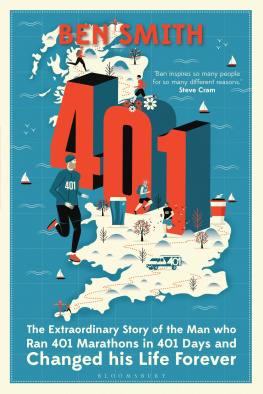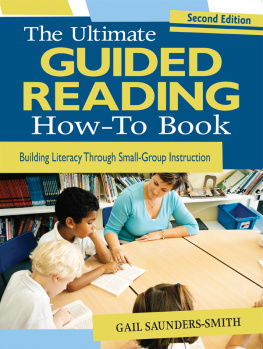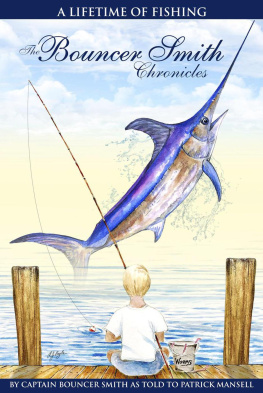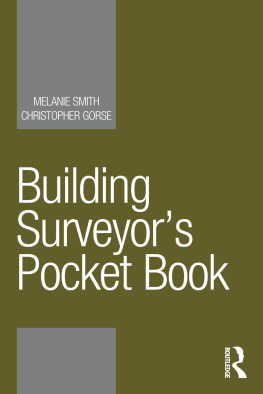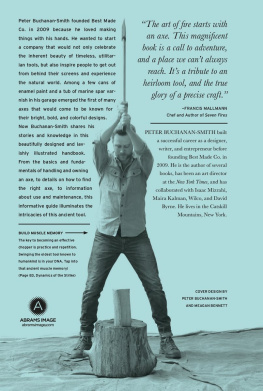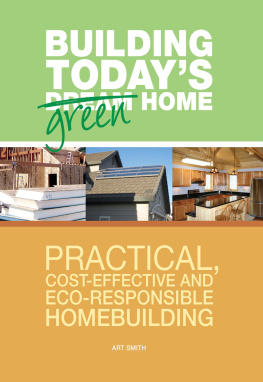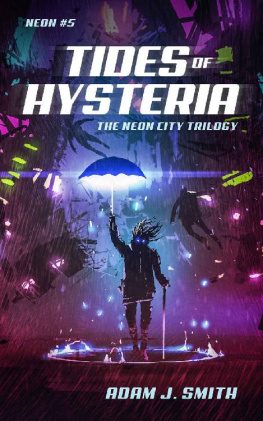Ben Smith - Building Conduit
Here you can read online Ben Smith - Building Conduit full text of the book (entire story) in english for free. Download pdf and epub, get meaning, cover and reviews about this ebook. year: 2017, publisher: leanpub.com, genre: Computer. Description of the work, (preface) as well as reviews are available. Best literature library LitArk.com created for fans of good reading and offers a wide selection of genres:
Romance novel
Science fiction
Adventure
Detective
Science
History
Home and family
Prose
Art
Politics
Computer
Non-fiction
Religion
Business
Children
Humor
Choose a favorite category and find really read worthwhile books. Enjoy immersion in the world of imagination, feel the emotions of the characters or learn something new for yourself, make an fascinating discovery.

Building Conduit: summary, description and annotation
We offer to read an annotation, description, summary or preface (depends on what the author of the book "Building Conduit" wrote himself). If you haven't found the necessary information about the book — write in the comments, we will try to find it.
Ben Smith: author's other books
Who wrote Building Conduit? Find out the surname, the name of the author of the book and a list of all author's works by series.
Building Conduit — read online for free the complete book (whole text) full work
Below is the text of the book, divided by pages. System saving the place of the last page read, allows you to conveniently read the book "Building Conduit" online for free, without having to search again every time where you left off. Put a bookmark, and you can go to the page where you finished reading at any time.
Font size:
Interval:
Bookmark:

This book is for sale at http://leanpub.com/buildingconduit
This version was published on 2019-05-24

* * * * *
This is a Leanpub book. Leanpub empowers authors and publishers with the Lean Publishing process. Lean Publishing is the act of publishing an in-progress ebook using lightweight tools and many iterations to get reader feedback, pivot until you have the right book and build traction once you do.
* * * * *
Welcome to Building Conduit.
In this book you will discover how to implement the Command Query Responsibility Segregation and event sourcing (CQRS/ES) pattern in an Elixir application.
This book will take you through the design and build, from scratch, of an exemplary Medium.com clone. The full source code is available to view and clone from GitHub. As each feature is developed, a link to the corresponding Git commit will be provided so you can browse the source code at each stage of development.
The application will be built as if it were a real world project. Including the specification of integration and unit tests to verify the functionality under development.
By the end of this book you should have a solid grasp of how to apply the CQRS/ES pattern to your own Elixir applications.
You will learn how to:
- Follow test-driven development to build an HTTP API exposing and consuming JSON data.
- Validate input data using command validation.
- Create a functional, event sourced domain model.
- Define a read model and populate it by projecting domain events.
- Authenticate a user using a JSON Web Token (JWT).
This book is written for anyone who has an interest in CQRS/ES and Elixir.
It assumes the reader will already be familiar with the broad concepts of CQRS/ES. You will be introduced to the building blocks that comprise an application built following this pattern, and shown how to implement them in Elixir.
The reader should be comfortable reading Elixir syntax and understand the basics of its actor concurrency model, implemented as processes and message passing.
You will learn an approach to implementing the CQRS/ES pattern in a real world Elixir application. You will build a Medium.com clone, called Conduit, using the Phoenix web framework. Conduit is a real world blogging platform allowing users to publish articles, follow authors, and browse and read articles.
The inspiration for this example web application comes from the RealWorld project:
See how the exact same Medium.com clone (called Conduit) is built using any of our supported frontends and backends. Yes, you can mix and match them, because they all adhere to the same API spec.
While most todo demos provide an excellent cursory glance at a frameworks capabilities, they typically dont convey the knowledge & perspective required to actually build real applications with it.
RealWorld solves this by allowing you to choose any frontend (React, Angular 2, & more) and any backend (Node, Django, & more) and see how they power a real world, beautifully designed fullstack app called Conduit.
By building a backend in Elixir and Phoenix that adheres to the RealWorld API specs, you can choose to pair it with any of the available frontends. Some of the most popular current implementations are:
- React / Redux
- Elm
- Angular 4+
- Angular 1.5+
- React / MobX
You can view a live demo of Conduit thats powered by React and Redux with a Node.js backend, to get a feel for what well be building.
Many thanks to Eric Simons for pioneering the idea and founding the RealWorld project.
Before we start building Conduit, lets briefly cover some of the concepts related to command query responsibility segregation and event sourcing.
At its simplest, CQRS is the separation of commands from queries.
- Commands are used to mutate state in a write model.
- Queries are used to retrieve a value from a read model.
In a typical layered architecture you have a single model to service writes and reads, whereas in a CQRS application the read and write models are different. They may also be separated physically by using a different database or storage mechanism. CQRS is often combined with event sourcing where theres an event store for persisting domain events (write model) and at least one other data store for the read model.
 CQRS overview
CQRS overviewCommands are used to instruct an application to do something, they are named in the imperative:
- Register account
- Transfer funds
- Mark fraudulent activity
Commands have one, and only one, receiver: the code that fulfils the command request.
Domain events indicate something of importance has occurred within a domain model. They are named in the past tense:
- Account registered
- Funds transferred
- Fraudulent activity detected
Domain events describe your system activity over time using a rich, domain-specific language. They are an immutable source of truth for the system. Unlike commands which are restricted to a single handler, domain events may be consumed by multiple subscribers - or potentially no interested subscribers.
Often commands and events come in pairs: a successful register account command results in an account registered event. Its also possible that a command can be successfully executed and result in many or no domain events.
Domain events from the write model are used to build and update a read model. I refer to this process as projecting events into a read model projection.
The read model is optimised for querying therefore the data is often stored denormalized to support faster querying performance. You can use whatever technology is most appropriate to support the querying your application demands, and take advantage of multiple different types of storage as appropriate:
- Relational database.
- In-memory store.
- Disk-based file store.
- NoSQL database.
- Full-text search index.
Any state changes within your domain are driven by domain events. Therefore your entire applications state changes are modelled as a stream of domain events:
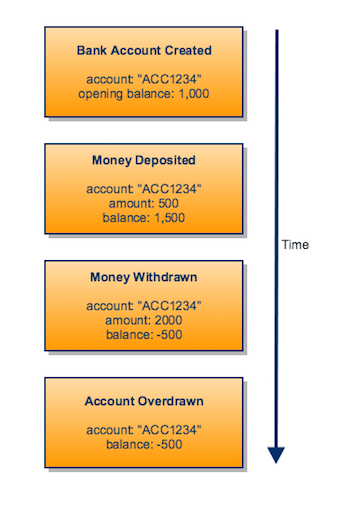 Bank account event stream
Bank account event streamAn aggregates state is built by applying its domain events to some initial empty state. State is further mutated by applying a created domain to the current state:
Domain events are persisted in order as a logical stream for each aggregate. The event stream is the canonical source of truth, therefore it is a perfect audit log.
Font size:
Interval:
Bookmark:
Similar books «Building Conduit»
Look at similar books to Building Conduit. We have selected literature similar in name and meaning in the hope of providing readers with more options to find new, interesting, not yet read works.
Discussion, reviews of the book Building Conduit and just readers' own opinions. Leave your comments, write what you think about the work, its meaning or the main characters. Specify what exactly you liked and what you didn't like, and why you think so.

